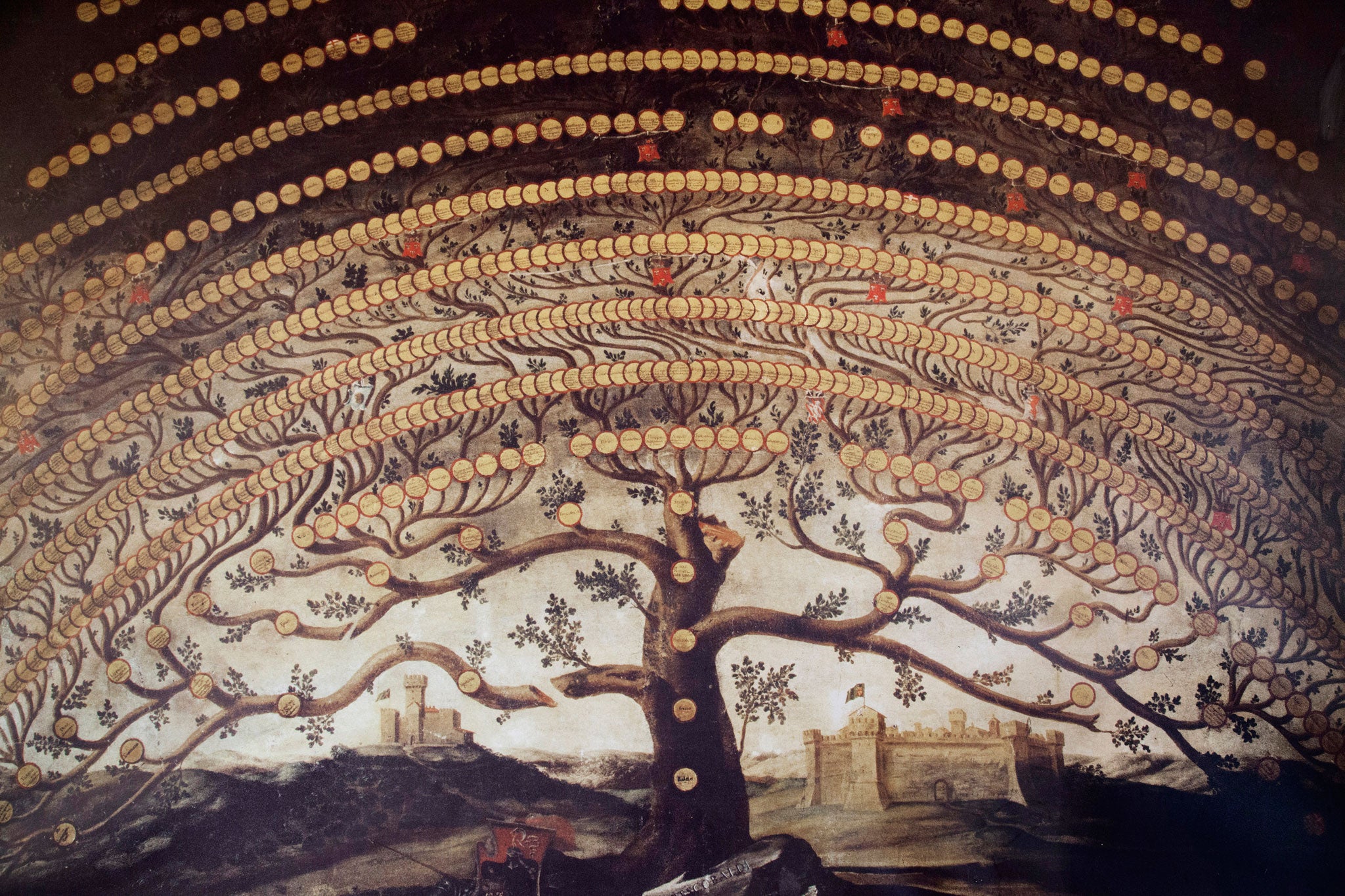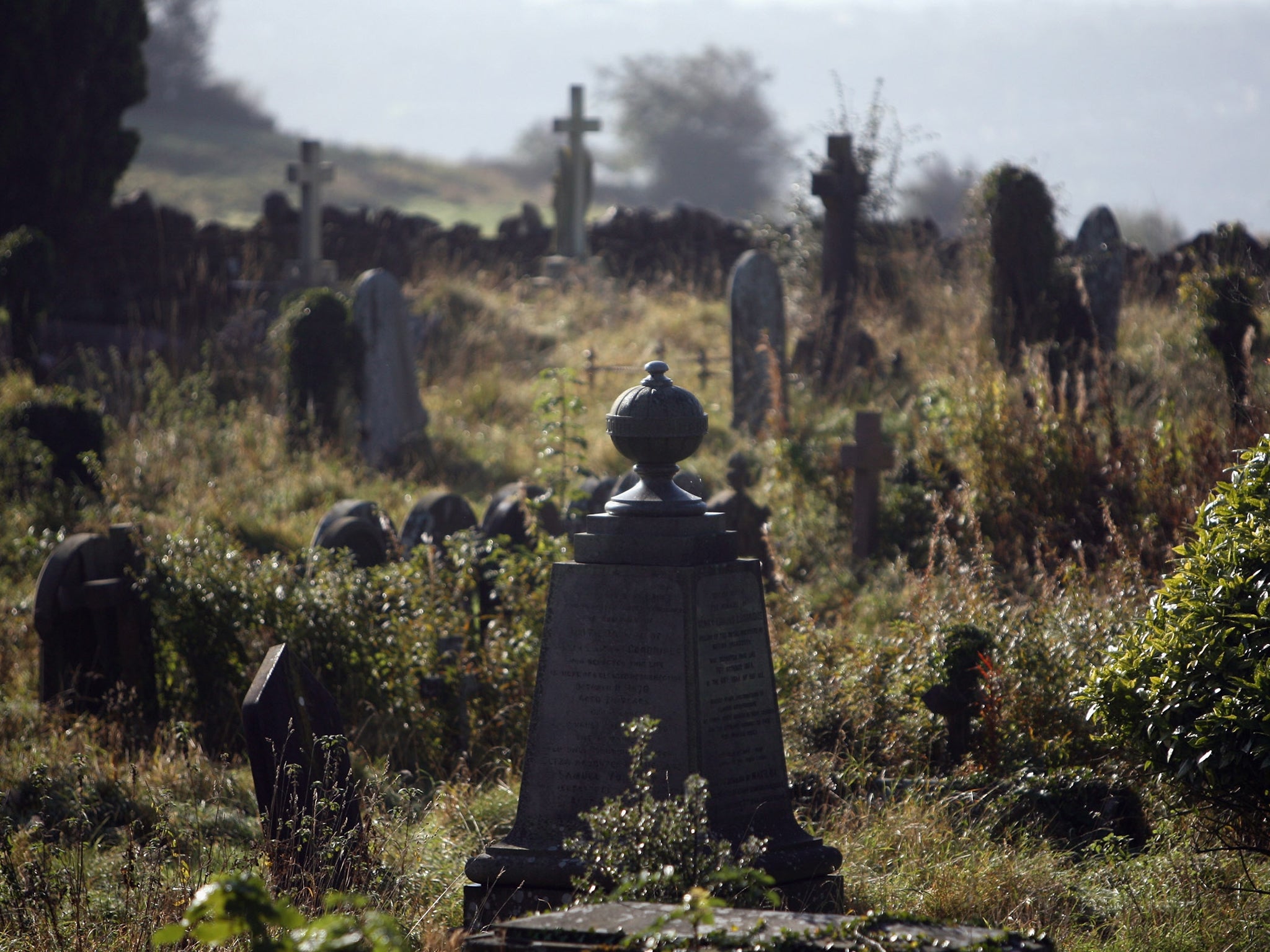Release of archived criminal records allows you to check for a 'black sheep' in your family tree
The digitisation of 1.9 million documents is a boon to amateur genealogists

For many an amateur genealogist, the task of unravelling a family tree is made in the tantalising hope of uncovering a sliver of royalty or fame in the bloodline. But now sleuths can also check whether a less desirable lineage of murderers, thieves and general miscreants features among their forebears.
Historic records which go online today for the first time reveal the criminal past of hundreds of thousands of Britons – from an artist hung for forging a £5 note to a Victorian poisoner whose deeds acquired such notoriety that she became the subject of a popular nursery rhyme.
The 1.9 million legal and criminal documents have been collated from the records of institutions such as the Old Bailey and Newgate Prison held by the National Archives. They have now been digitised to be available on the internet.
The resulting database details criminality over 157 years until 1936, as well as chronicling the lives of some of the justice system’s more notorious enforcers, including the man reputed to be Britain’s longest-serving hangman.
Experts said the records offer a rare opportunity to explore an aspect of family histories which many in previous generations would have preferred to keep concealed.

Myko Clelland, a historian at website Find My Past, which is hosting the files, said: “These new records offer a unique insight into the country’s criminal past. Whether villain or victim, anyone can now discover whether their family tree contains any hidden ‘black sheep’ or victims. The records make it possible to trace criminals through the justice system from arrest to punishment and rehabilitation.”
Among the documents is new evidence of the process which led to the execution of high-profile Victorian killers Maria and Frank Manning. The couple were sentenced to public execution in 1849 for the murder of Maria’s lover and their hanging was witnessed by Charles Dickens, who is reputed to have based a character from Bleak House on Mrs Manning.
But the records reveal the amount of public sympathy generated by their case with dozens of letters sent to the Home Office seeking clemency, in particular for Mr Manning who it was said had only done what “any red-blooded man would do”.
The documents, which date back to 1779, include records from criminal lunatic asylums as well as the calendar from the notorious Newgate Prison, where dozens of prisoners were executed prior to its closure in 1902.
The records also include the case files of Mary Ann Cotton, the serial arsenic poisoner who killed three husbands, one lover, her mother and nine of her 13 children before she was executed in 1873. Her hanging inspired a popular nursery rhyme which began: “Mary Ann Cotton, she’s dead and she’s rotten.”
Other documents detail a petty thief, William Lennon, from Liverpool, who had a 20-year crime career in the late 19th century which ranged from stealing trousers to passing off counterfeit coins. Find My Past yesterday withdrew a claim that Mr Lennon was the great uncle of Beatle John Lennon saying there was no link between the two.
The cases also detail those who worked for the justice system, as well as falling foul of it. They include William Calcraft, a cobbler who sold meat pies outside Newgate until a chance encounter with a passing hangman began his journey to becoming official Executioner for the City of London, and later England.
Although he plied his trade for 45 years until 1874, attracting up to 30,000 spectators at a time, Calcraft was not widely respected for his hanging technique. The documents detail how he practiced the “short drop” by which the condemned were left to be strangled by the noose, often with Calcraft clinging to their feet to speed their death.
Join our commenting forum
Join thought-provoking conversations, follow other Independent readers and see their replies
Comments